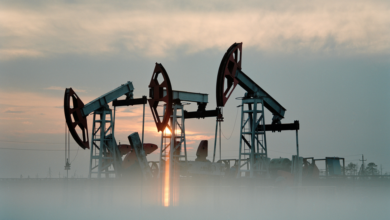Investment in fossil fuels, the World Bank has not reversed
Since 2016 has accumulated at least 14.8 billion dollars of new investment in fossil fuels
(sustainabilityenvironment.com) – Since the Paris agreement came into force, the World Bank has accumulated at least $14.8 billion in new investment in fossil fuels. Even after the release in 2018 of the IPCC’s report on the course to be followed to meet the 1.5-inch C target. Where it is clearly stated that a reduction in coal use of 78% is needed by 2030, This was accompanied by a 37% drop in oil and 25% in gas compared to 2010 levels. But the World Bank continued to grant loans and subsidies to refineries, gas pipelines, LNG import terminals, and gas-fired power stations.
“These projects represent support for fossil fuel projects at a time when, politically, scientifically and in reality, the need to divest from fossil fuels and invest in clean renewable energy would have been obvious” Big Shift Global’s new report just came out. And they are also in contradiction with the official policy of the World Bank, which provides for the stop of fossil investments.
Read also Big Oil’s commitment to energy transition? Much in communication, little in investment
Among the largest projects where the World Bank has direct investments fossil fuels, the TANAP stands out the gas pipeline that brings to Europe, through Turkey, the gas of the Azerbaijani Shah Deniz field. From the Bank came 1.1 billion dollars in loan guarantees, allowing the project to move forward. All this, despite the evaluation of the Bank itself foresaw many negative aspects: the TANAP, wrote in the assessment, risks “having potentially significant negative social and environmental impacts, different, irreversible or unprecedented. The construction of the pipeline and associated infrastructure could potentially have several negative environmental and social impacts”.
And more: a loan to expand Turkey’s gas storage capacity in 2018 (US$600 million), more petrochemical capacity in Bangladesh (US$357 million), a gas plant and a terminal for the import of LNG at the port of Açu in Brazil.
Big Shift Global calls on the Bretton Woods institution to “put an end to all direct and indirect funding of fossil fuels and promote a fair transition away from fossil fuels and carbon-intensive industries“.






